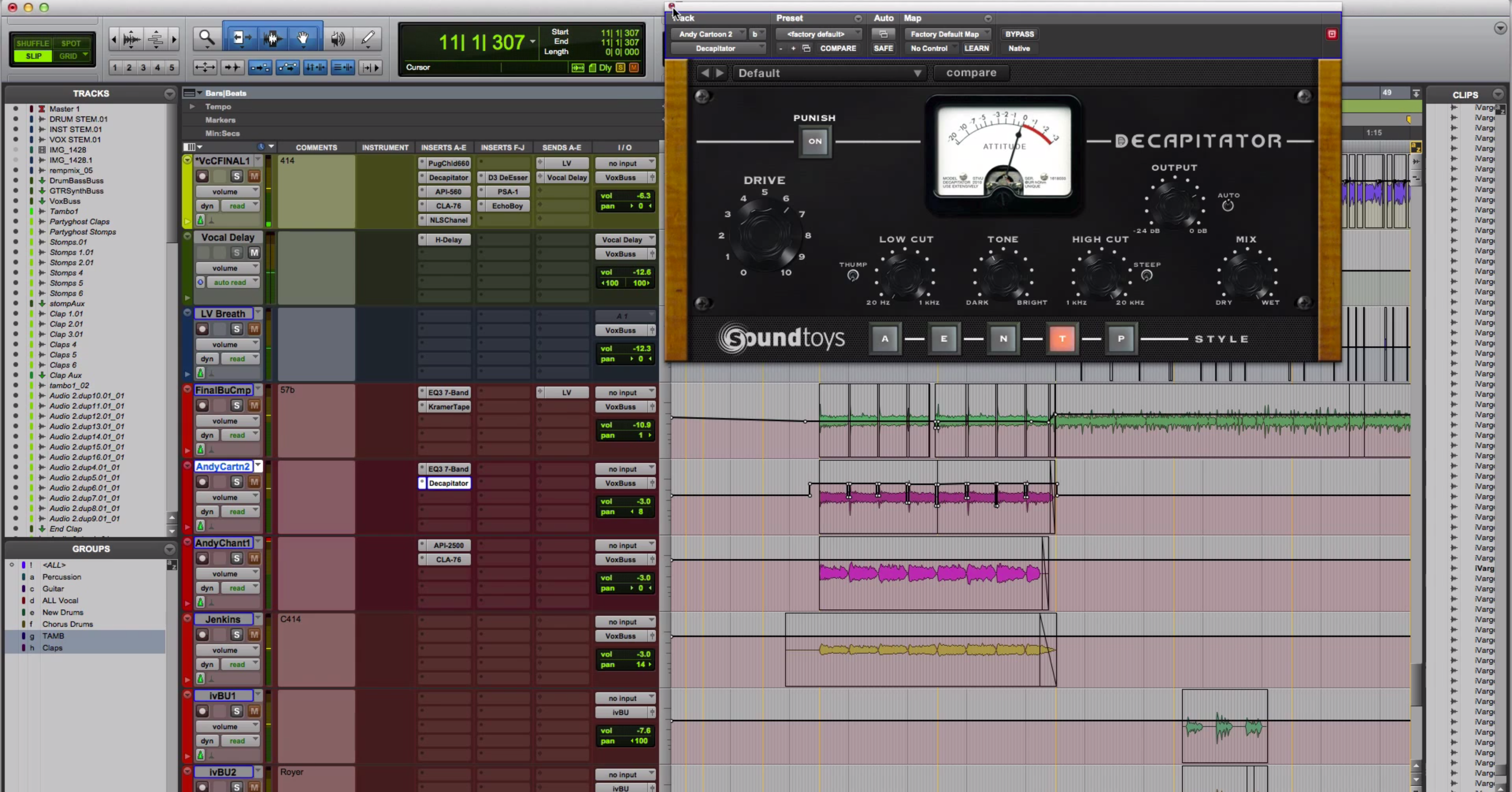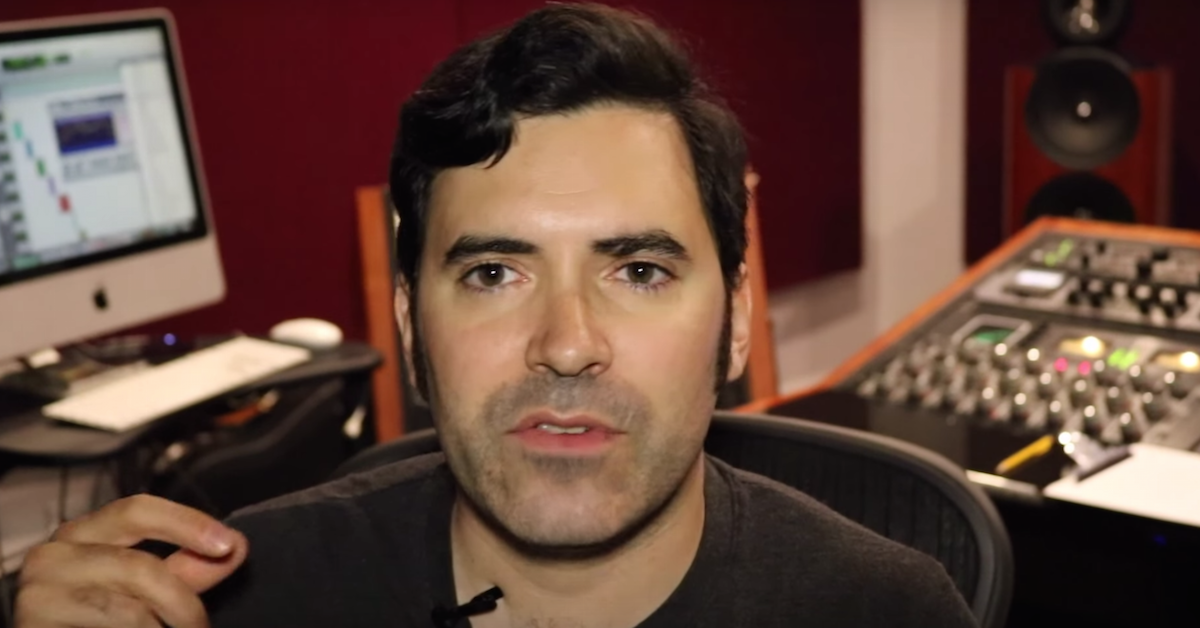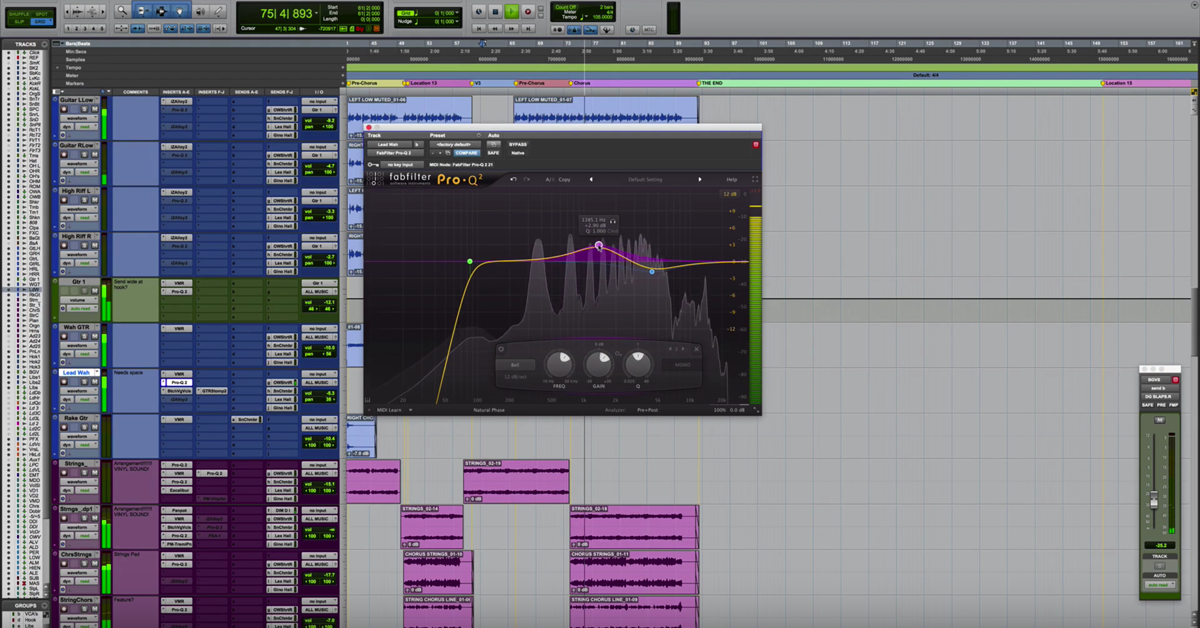Tips for Planning a Live Recording Session
In this video blog, I’m going to talk about planning to make a live recording. Last week, I went into the studio in Brooklyn Recording to make a record with my band, Fife and Drom, and we wanted to do the bulk of the recordings with everybody in the same room.
For this particular project, it just — it makes sense to have everybody feeding off of each other, and I knew that if we overdubbed, the vibe just wouldn’t be the same.
So we wanted to cut 10 songs in two days, so this was going to take a fair bit of planning. So think when you’re going into these situations, you have to have a pretty good assessment of the studio you’re working with, or if it’s your studio, how long it takes you to setup and get the ball rolling, and also the musicians that you’re using on the record, how long it’s going to take them to get comfortable and to be able to lock into the song that you’re trying to play.
I think for me and the people that I have been working with at this point, as far as the recording process goes, I know that when I bring people in, they could have never heard the song before, and within about an hour to an hour and a half, we’ll get the take that I’ve wanted or was dreaming of.
This is partly due to the experience of the musicians that I’m bringing in to a session. People like Andy Hess, and Josh Dion, and Adam Minkoff, David Berger, I mean, there’s a lot of names that you’re going to see on the list here that are really, really seasoned professionals who also have a lot of character to add to the recordings.
When I’m doing a session of this nature, I find it really important to make a list that contains the day, the song that we’re going to be performing, or actually, every song for that day, and then all of the musicians that are going to be on each song individualized, right?
And I color coordinate them, so the musicians that are in black are the core band members of Fife and Drom. Sean Dixon and Adam Minkoff have been with Fife and Drom since the beginning, so they’re like our family.
We had a lot of great guests on this record. David Berger, Scott Kettner, Todd Caldwell, Andy Hess, Josh Dion. You can see all of these musicians in purple, and that’s because they’re guests, and also that it’s a little bit of a reminder to me that they’re not going to be there all day, right? So they have other things to do. They’re going to come and go, or it’s possible they might hang out a little bit, but most likely, musicians, especially in New York City, everyone is hustling, so they have to go and do other things.
This just kind of keeps it clear to me, like, “Okay, this is what’s coming up next.”
I made obviously a list for Monday and Tuesday, the two days we were recording.
Now, I made a separate list that I was going to give to Andy and the crew at Brooklyn recording, so they would have an idea of what the song was about, and what the instrumentation was on it.
Obviously for labeling in Pro Tools, and just having an awareness of what microphones and all of that stuff.
As you can see, day one, Hollowed Ground, I made a note on it. It’s a New Orleans vibe, and I have instruments — lead vocal with ukulele, right? Because we wanted to have Abby, the vocalist in isolation, and an issue is going to be playing ukulele, which we also ran into an amp.
Two snare drums standing, two concert bass drums, one tom, all in a circular live room.
Now, you know, I didn’t get super, super specific about it, but it’s just enough that they know what’s going on, right? And even for me, on a session, particularly if it’s a session I didn’t write — so I co-wrote all of these songs, but when I don’t, and I’m working with an artist whose songs I didn’t write, this is even helpful for me to be looking at just to reboot my brain on what’s going on with what songs.
Okay, and I did make a third list too. This was from me going to the studio. Now, it’s a lot easier when I’m recording in my small production space, which you see now, because I don’t really have to transport things. There’s not a lot of things I have to remember.
But when we’re going to a studio to do a couple days of lockout, you need to take the gear that you need.
So I made this list for myself so that I can go through and make sure that I have everything I had planned on using to get the sounds for the record. I’m a big fan of lists, you know, and I think that when preparing to do a session, the lists, especially when it’s a big session and there’s a lot of moving parts, a lot of people coming, a lot of questions being asked, having as many things on paper and being organized just to give yourself some clarity is really important and it will take off a lot of stress and pressure from the situation, because no matter what you think, when you get in there, if you’re producing the session, there’s not going to be a lot of down time. You’re going to try to take a snack break, and you’re the person that people are going to come to and ask every single question to.
So having these laid out to eliminate some of the questioning process can really help and allow you to kind of get into the zone of hearing the music and producing the music more.





